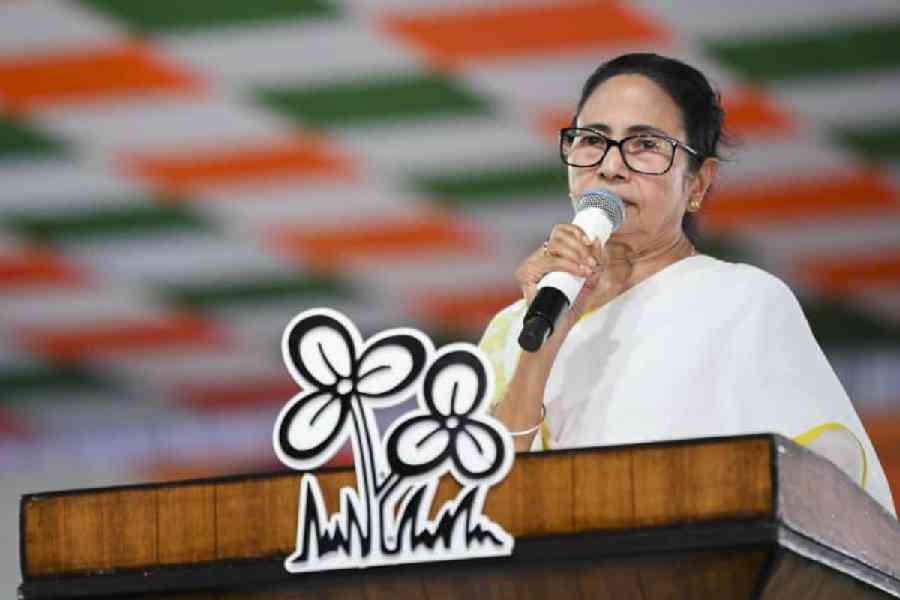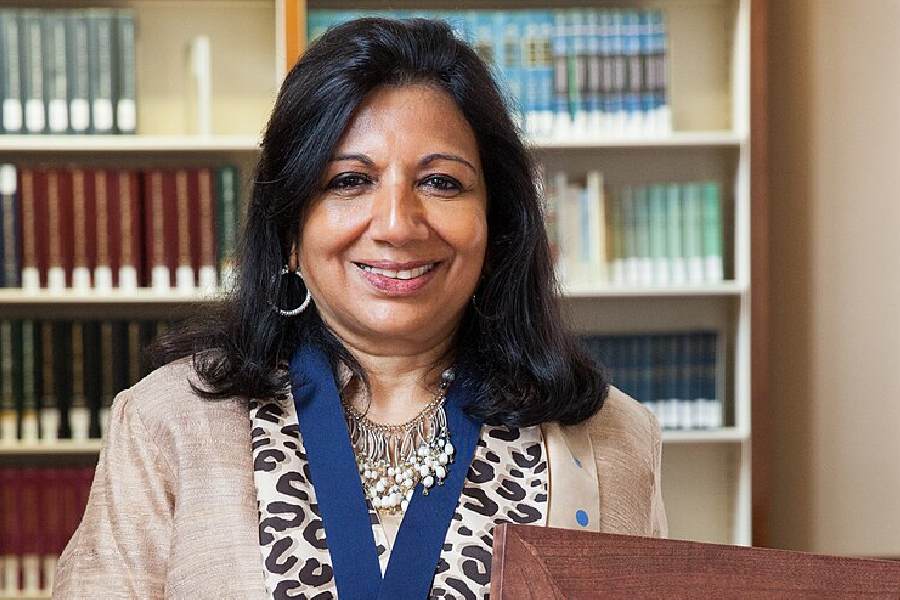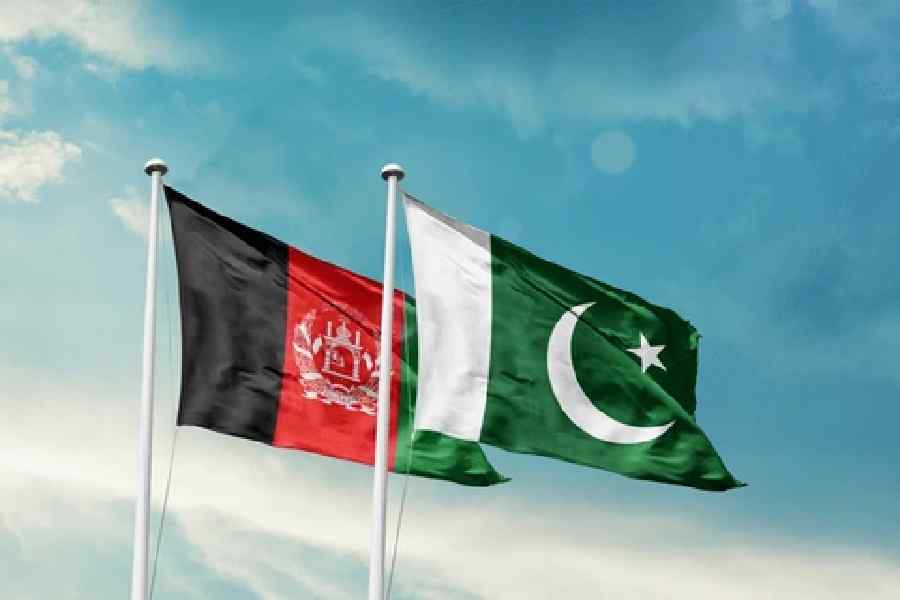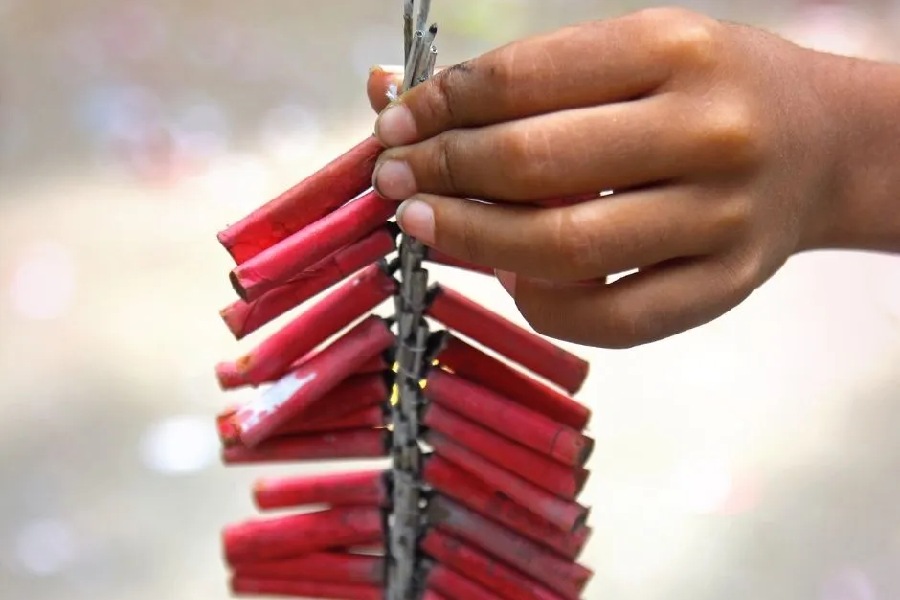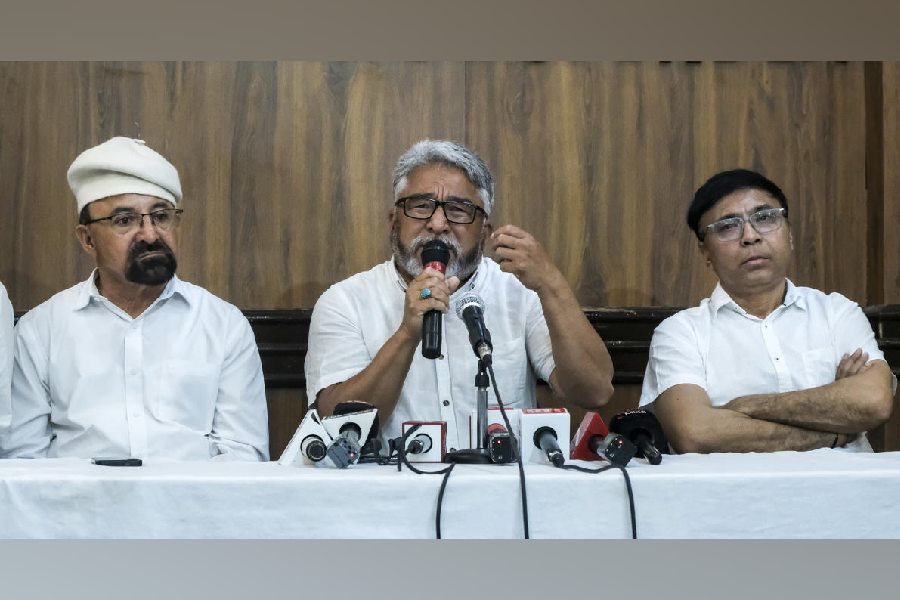|
|
| Buddhadeb Bhattacharjee at the Calcutta Madrasah College on its 225th anniversary, February 2006 |
The Calcutta Madrasah was established in the year 1780. With time, the historical building that housed the madarsa was turned into a university, but only in name, without an infrastructure to match. It has six classrooms and four office rooms. In 2006 the madarsa was promoted to the status of a college by the state government but only partially, since it was not recognized by the University Grants Commission or affiliated to any university. These have deterred the students of the madarsa from competing in national- and local-level examinations. It is impossible to believe that the secular leftist government is unaware of this fact.
Two years from the upgradation of this institution to a college, the state government passed a bill in the legislative assembly to confer university status to the Calcutta Madrasah College. The chief minister, Buddhadeb Bhattacharjee, inaugurated the Aliah University on April 5, 2008 and went on to announce the introduction of new courses. The ‘new courses’ came as a surprise; more so, as many of the entries defy the general norm of a model university. Among other normal entries, repackaged religious studies have been introduced. The other additions were linguistics, education, nursing, pharmacy, public health and a few vocational training courses. A proposal to introduce business administration and information technology was also considered, but the glaring absences were the pure sciences, social sciences, and Indian and English literatures.
At the inauguration, the chief minister, and all the leaders present, made tall claims and promises about doing their ‘duties’ for the minorities. A significant, educated section of the Muslim community expressed scepticism at this talk, seeing in it nothing more than the desire to woo Muslim voters before the panchayat elections. This is also probably the section which feels that the institute no longer holds mass appeal, with its syllabus stuck in the Middle Ages.
But things were not like this always. Even in the era of British rule in India, the institution was a place for modern liberal education. During the colonial regime, this madarsa emerged as a historical necessity — to promote the study of Arabic and Persian languages and Islamic law with the aim of producing competent officers for the courts of justice. It was founded by Warren Hastings, the first governor general of the East India Company and was named the Calcutta Mohammedan College. The earliest curriculum included courses on law, astronomy, logic, philosophy, arithmetic, geometry, rhetoric, grammar, oratory and theology. Even in 1827, a medical class was introduced by P. Breton, the professor of medicine, and it continued there till the establishment of Calcutta Medical College in 1836.
The year 1927 is very important in the history of Muslim education in Bengal. In various madarsas of Bengal, courses like alim, fazil, kamil, mumtazul muhaddesin, and so on were introduced. Today, graduate and post-graduate courses are offered at the Calcutta Madrasah College and at three other senior madarsas located in Batna (Malda), Beldanga (Murshidabad) and Furfura (Hooghly). Incredible as it may sound, all these courses are being taught without these madarsas being affiliated to any university or recognized by the University Grants Commission.
The standard syllabi of kharizi or any religious madarsa of the world include learning the Quran by heart, tajweed (correct pronunciation of Quranic verses), tafseer (interpretation of holy scriptures), fiqah (Islamic jurisprudence), shariah (Islamic law), ahadis (life and decisions of the Prophet on various issues brought before him by the faithful), mantiq (philosophy), riazi (mathematics), falakiat (astronomy) and tabligh (spreading the word of god). Our senior madarsas are no exception.
In 1947, many madarsa libraries containing important books and manuscripts were transferred to the Dhaka Madrasah. The Madrasah Board was also moved to Pakistan. A few political leaders in India got anxious about the decay of the Muslim culture here, and in 1949, with the help of Maulana Abul Kalam Azad, the Calcutta Madrasah College was restarted.
In the mould of the Calcutta Madrasah College, Jonathan Duncan established a college in Benares in 1791 to encourage the study of Hindu law, literature and religion. The madarsa in Calcutta and the Sanskrit College at Benares had one common goal — the study of religious laws. The two colleges were necessary for the country as the Anglo-Saxon juridical system in India had not come into effect yet and the East India Company was no longer operating in the country. The Benares Sanskrit College, younger to the Calcutta Madrasah College, was turned into a university a long time ago and has an academically-tailored infrastructure, with departments in the pure sciences, social science, besides a strong research wing. In contrast, our state has failed miserably in establishing such universities and introducing courses that are both secular and pragmatic. The naming of the new university as ‘Aliah’, meaning supreme, seems like a cruel joke!
According to the Sachar committee report, the West Bengal chief minister has promised Rs 52 crore for the education of the backward Muslim community. The government is quite aware that many Muslim-dominant villages do not even have primary schools. The ratio of primary schools in Muslim-dominated areas is less than half of that in other areas. But the state government refuses to be drawn into questions about its secular dilemma.
Partial treatment is against the spirit of democracy. It is also unconstitutional to deprive a community of its fundamental rights, such as primary education and health. Even though the example of the Aliah University may not seem significant enough, it helps to show up a peculiar mindset of our government. The chancellor and vice-chancellor of the Aliah University will be known as Amir-i-Jamia and Shaikh-ul-Jamia respectively. The pro-vice chancellor will be called Naib Shaik-ul-Jamia. Why do the officials of a Bengal-based university need to be given such alien-sounding names? May be it is just another way of trying to appease Urdu-speaking Muslims of Bengal. Whatever it is, the government needs to wake up to the fact that appeasement and discrimination cannot go together. The sooner the leftist government solves its dilemma, the better it will be for the educational prospects of both the majority and minority communities of the state.






